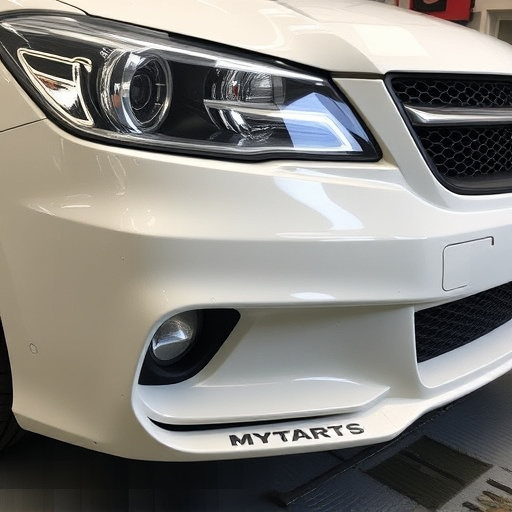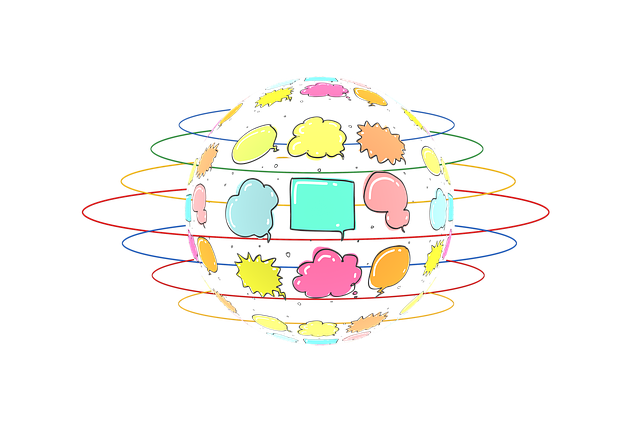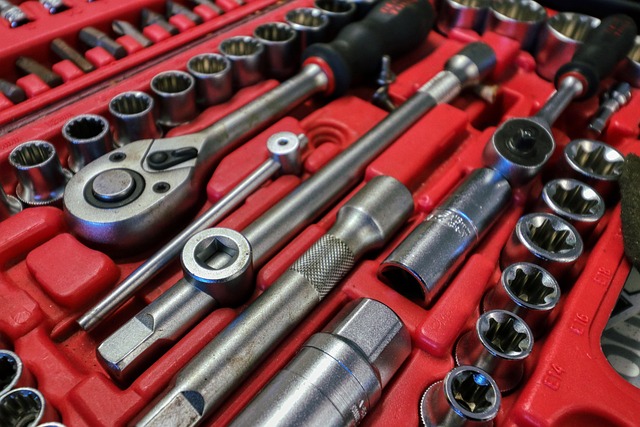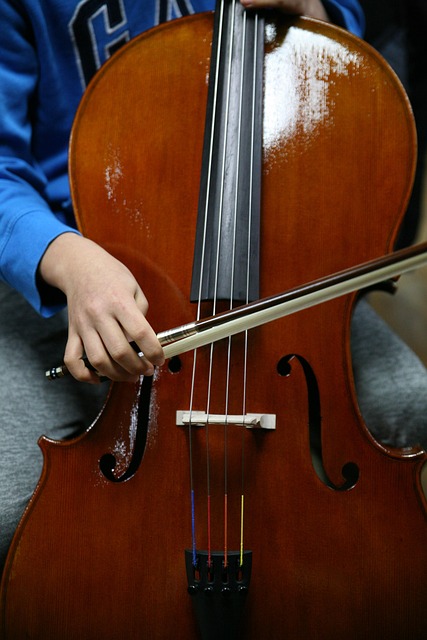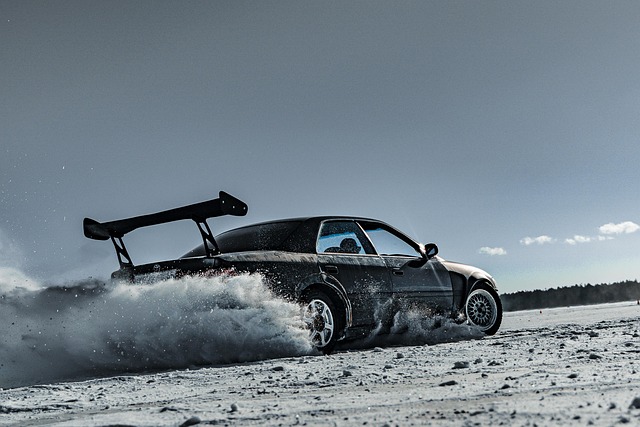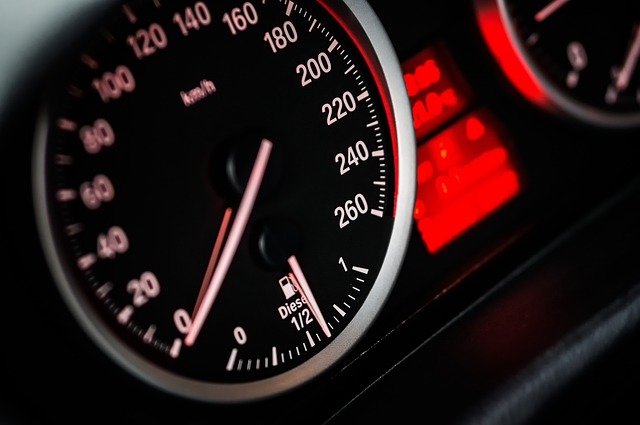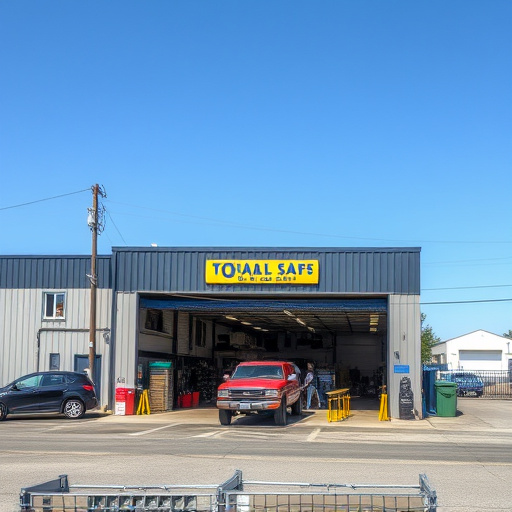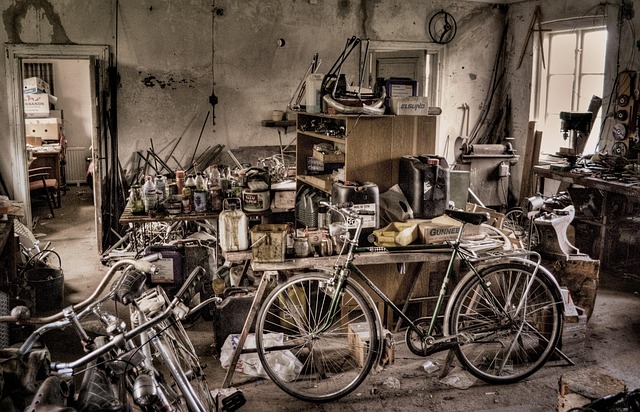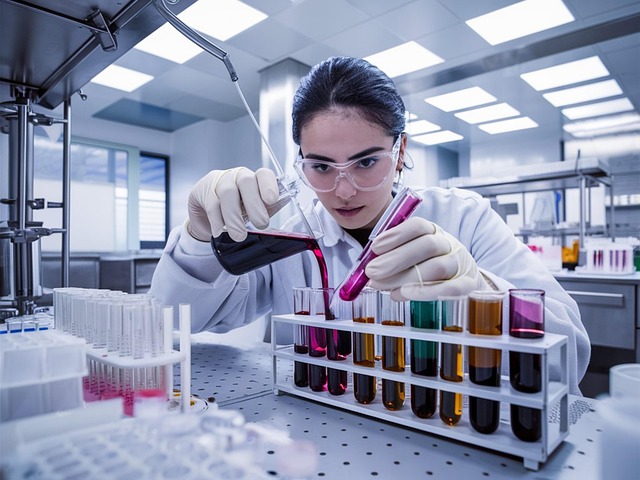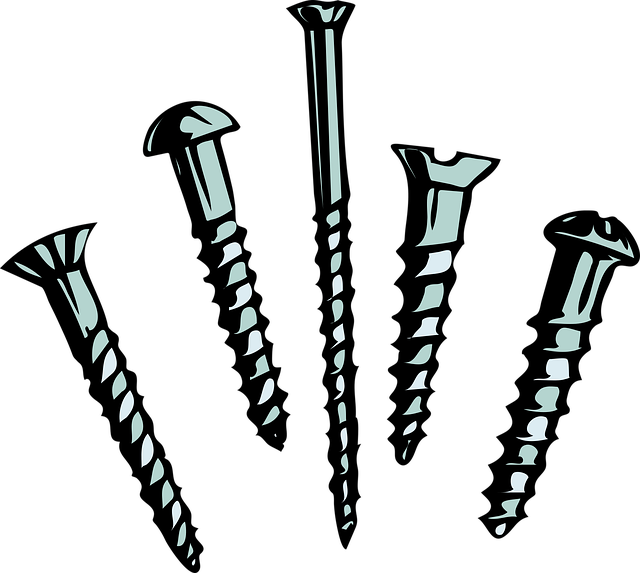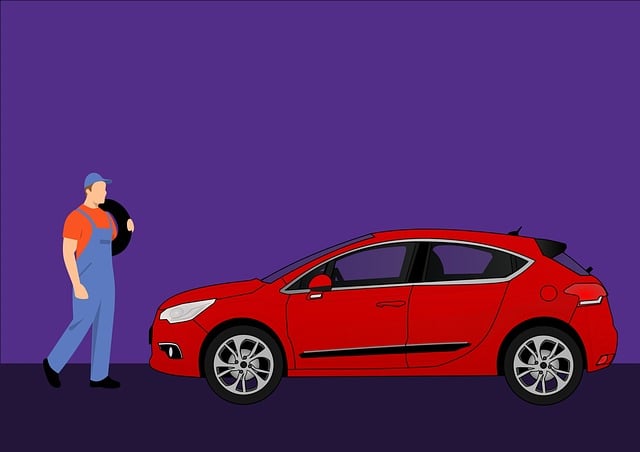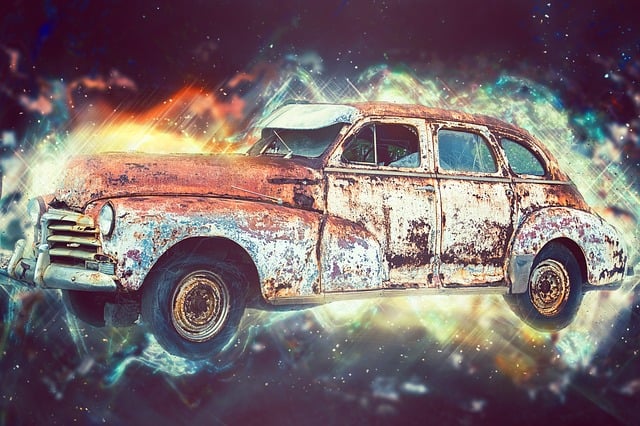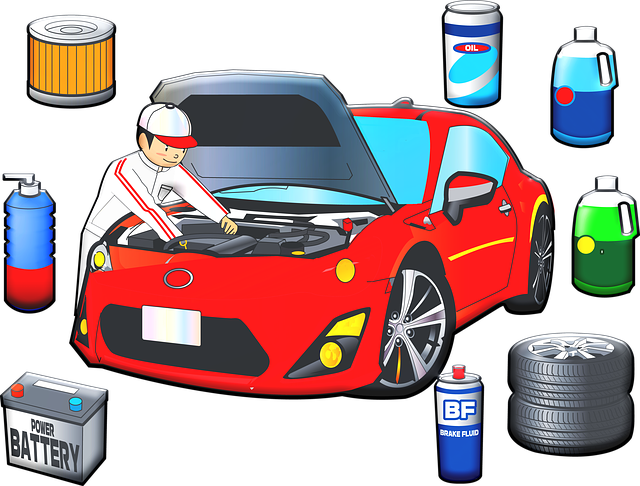The evolution of vehicle color matching technology, driven by digital age advancements, has transformed auto body repair. Traditional methods have been replaced by advanced machinery and software, achieving remarkable accuracy through color scanners and vast databases. This revolutionizes efficiency, reduces waste, and enables specialized services while enhancing visual appeal. Future prospects include 3D printing and scanning technologies for personalized finishes, though challenges like durability and cost-effectiveness must be addressed. The automotive industry must balance consumer customization desires with cutting-edge vehicle color matching features to meet varied owner needs.
Is vehicle color matching now more precise than ever? The evolution of technology has brought about remarkable advancements in how automotive manufacturers ensure consistent and accurate color reproduction. From traditional practices, we’ve transitioned to sophisticated methods that leverage advanced sensors, data analytics, and robotic systems. This article explores the progression of vehicle color matching technology, highlighting its advantages over conventional techniques, while also delving into future prospects and potential challenges.
- Evolution of Vehicle Color Matching Technology
- Advantages of Current Methods Over Traditional Practices
- Future Prospects and Potential Challenges
Evolution of Vehicle Color Matching Technology
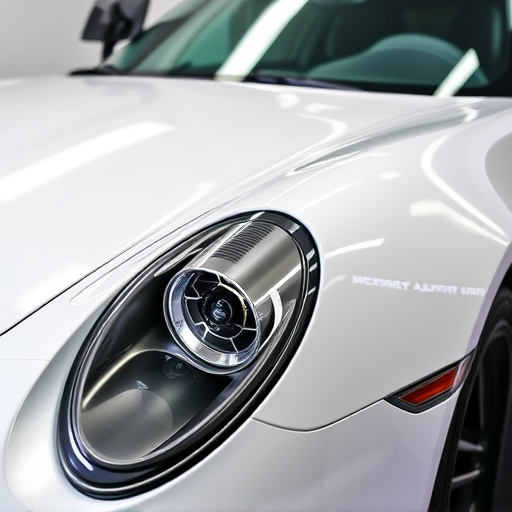
The evolution of vehicle color matching technology is a testament to advancements in digital age. Gone are the days when achieving an exact match required lengthy processes and human expertise. Today, advanced machinery and sophisticated software play a pivotal role. These tools use precise measurements and intricate algorithms to analyze and replicate colors with remarkable accuracy. This shift has significantly enhanced the efficiency of auto body repair and body shop services, ensuring customers receive flawless results.
Automotive body shops now employ cutting-edge technology like color scanners that capture detailed data of existing vehicle finishes. This digital information is then fed into computer systems that cross-reference it with vast databases to find the most suitable matches. This meticulous approach not only speeds up the process but also guarantees a seamless blend, making it nearly impossible to discern the repaired area from the original body.
Advantages of Current Methods Over Traditional Practices
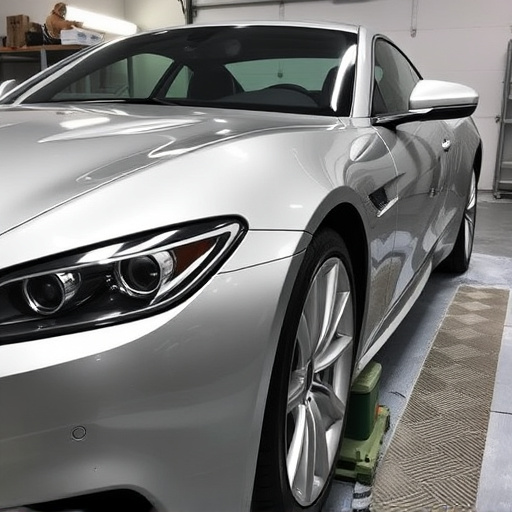
The evolution of vehicle color matching technology has brought about significant advantages over traditional practices. With advancements in digital imaging and computer-aided design, manufacturers now employ sophisticated software to precisely match colors. This ensures that every car rolled off the assembly line boasts an exact shade, eliminating the inconsistencies common in manual mixing.
Current methods offer several benefits, including increased efficiency and reduced waste. Paintless dent repair techniques, for instance, allow for color restoration without repainting entire panels, conserving resources and time. Auto detailing services leverage advanced tools and knowledge to refine not just the finish but also the overall aesthetics of a vehicle’s bodywork, enhancing its visual appeal and longevity.
Future Prospects and Potential Challenges
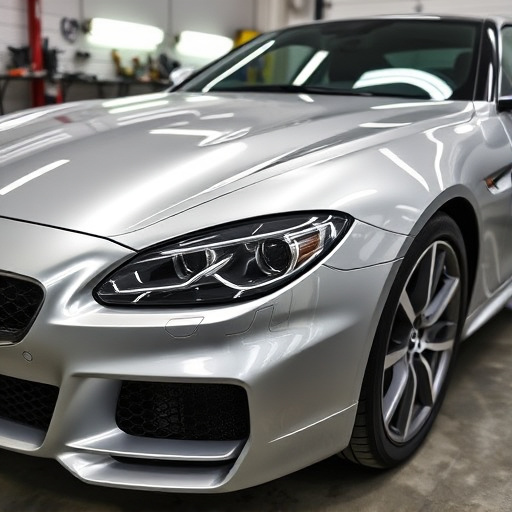
The future of vehicle color matching appears promising with advancements in technology and an increased demand for precision. 3D printing and advanced scanning technologies are already being utilized to achieve unparalleled accuracy in color replication, allowing for more unique and personalized vehicle finishes. As these innovations continue to mature, we can expect even smoother transitions between colors and textures, pushing the boundaries of what’s achievable in auto painting.
However, challenges remain. Ensuring long-term durability and fade resistance of these advanced coatings is crucial for customer satisfaction. Additionally, as customization becomes more prevalent, balancing consumer expectations with cost-effectiveness will be key for car repair services and automotive repair shops. The industry must strike a delicate balance between offering cutting-edge features and maintaining affordable pricing to meet the diverse needs of vehicle owners.
Vehicle color matching technology has evolved significantly, offering unparalleled precision and quality compared to traditional methods. Current practices leverage advanced computer vision, high-resolution cameras, and sophisticated algorithms to ensure exact color replication. As we look ahead, further integration of artificial intelligence and continuous improvements in measurement techniques will continue to refine the process, addressing existing challenges and opening new possibilities for customization and innovation within the automotive industry.
